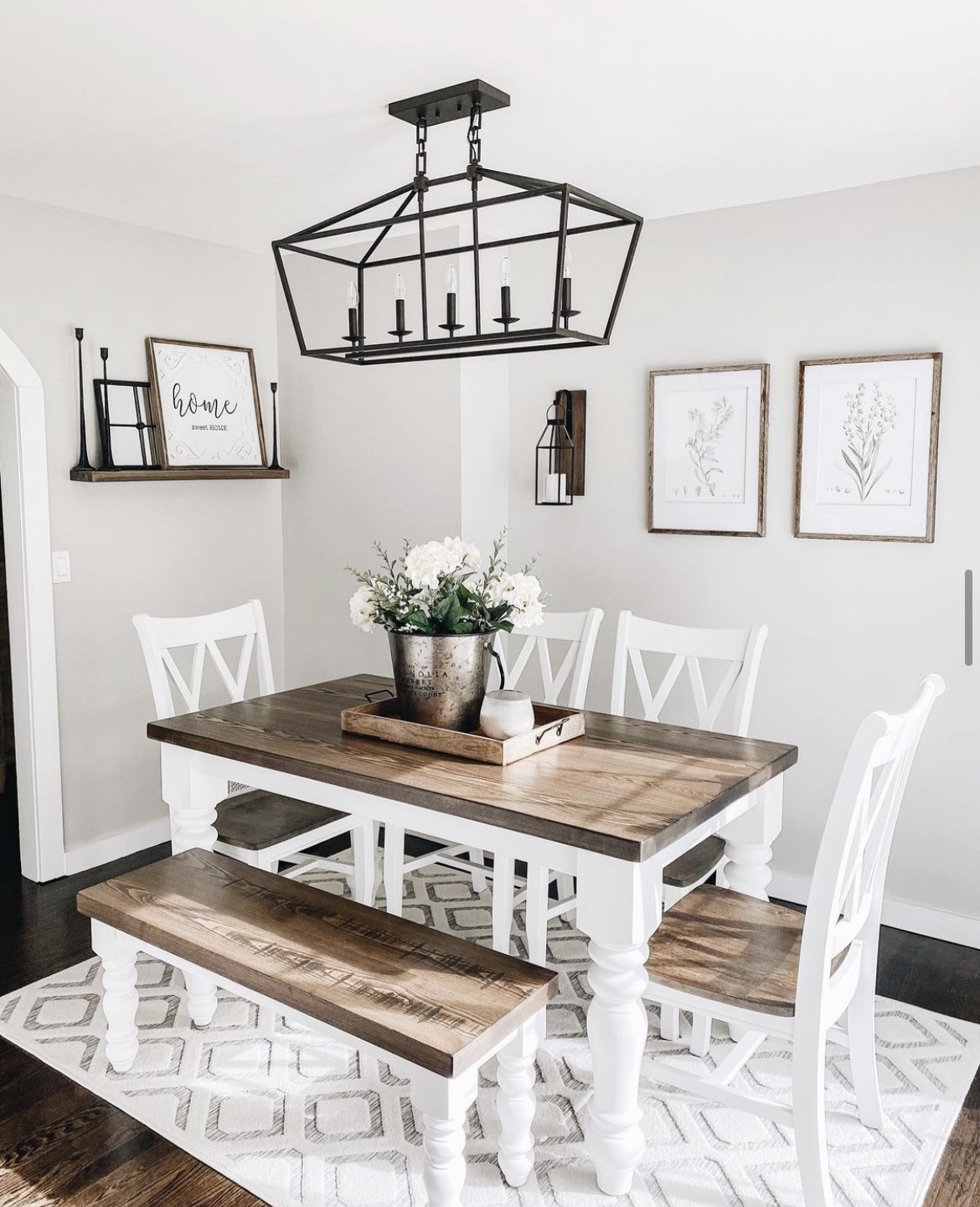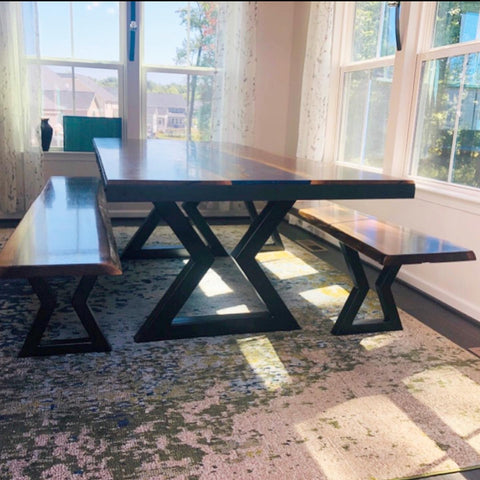Find the Ideal Dining Room Table Legs for Any Interior Design Style
Find the Ideal Dining Room Table Legs for Any Interior Design Style
Blog Article
Expert Tips for Installing Dining Area Table Legs for Optimum Stability
When it comes to installing dining-room table legs, achieving maximum stability is vital for both functionality and visual appeals. The process starts with choosing the best materials and hardware, followed by meticulous positioning and factor to consider of weight distribution. Each step plays an important duty in ensuring that the finished product endures daily use without compromising security or style integrity. Comprehending the subtleties of these aspects can considerably affect the overall end result. What certain techniques can improve stability also further?
Pick the Right Legs
When choosing the proper legs for your dining-room table, it is necessary to think about both capability and aesthetics. The legs you select will dramatically affect the total design and stability of the table. Initially, review the table's intended use; if you expect frequent events, stronger legs, such as those made from strong timber or steel, might be better, as they provide enhanced durability and support.
Following, think about the elevation and style of the legs in connection with the table top. Common eating tables commonly range from 28 to 30 inches in elevation, so make certain the legs straighten with this criterion for convenience. The design of the legs must match the design of the tabletop-- whether it be modern, rustic, or traditional. Tapered legs can include a modern touch, while turned legs might share an extra traditional aesthetic.

Select Appropriate Hardware
Exactly how can the appropriate hardware improve the security and longevity of your dining space table? The option of suitable equipment is important to ensuring that the legs of your table are firmly connected and able to hold up against routine usage. High-quality screws, bolts, and braces give the required stamina to sustain the weight of the table, along with any extra tons positioned upon it throughout events or meals.
When selecting screws, opt for those made from long lasting products such as stainless-steel or brass, which resist corrosion and preserve stability gradually. The size of the screws is just as vital; they should penetrate deeply into the table's structure without compromising integrity. For bolted connections, think about utilizing lock washers to avoid loosening up as a result of resonance or activity.
In addition, making use of corner braces can include additional support, specifically for bigger tables or those with much heavier tops. These brackets disperse weight uniformly and help maintain the table's form. Making sure that the hardware you choose is proper for the details materials of your table will certainly additionally boost its general stability and long life, permitting you to enjoy your eating experience for several years to find.
Ensure Proper Placement
Proper placement of dining area table legs is important for both visual appeal and practical stability. To achieve optimal positioning, start by determining the range from the table's corners to the leg accessory factors.
Make use of a degree throughout installation to verify that each leg is perpendicular to the tabletop. It is a good idea to note the wanted leg placements on the underside of the table with a pencil or masking tape before securing them.
Additionally, verify the placement after the first screws are tightened, as adjustments may be necessary before fully protecting the hardware. By prioritizing appropriate positioning, you not just improve the table's total layout yet additionally make certain that it stays functional and stable for years to come.

Take Into Consideration Weight Circulation
After making sure appropriate alignment of the dining-room table legs, it's essential to take into consideration weight circulation to boost security and performance. dining room table legs. Correct weight distribution is critical in avoiding wobbling and making sure that the table can sustain its designated tons without risk of tipping or falling down
When positioning the legs, guarantee they are positioned at equal ranges from the facility of the table to equally distribute the weight across the structure. Take into consideration the weight of the tabletop and any kind of items that will regularly hinge on it, such as tabletop devices or decorative items. Tables with larger surface areas need to preferably have legs located closer to the corners, as this maximizes the base of support and lessens the risk of instability.
In addition, if the table is intended for use in a high-traffic location, think about making use of heavier products visit this page for the legs or including maintaining elements, such as cross-bracing or a reduced rack - dining room table legs. These changes can aid maintain balance and protect against shifting during usage. Ultimately, a well-considered weight distribution method will considerably improve the table's total efficiency, ensuring it remains a practical and eye-catching focal point for your eating room
Test Stability Before Usage
Checking the stability of the dining room table before usage is a crucial action that should not be neglected. If the table reveals instability, identify the legs or joints that may read here require modification.
Next, check that all bolts and screws are tightened up appropriately. Loose connections can bring about instability and possible damage over time. If necessary, use timber glue on joints to enhance security, making sure to enable adequate drying out time.

Conclusion
In final thought, the installation of dining space table legs requires cautious factor to consider of materials, equipment, placement, and weight distribution to accomplish optimum security. By choosing strong legs and high-grade fasteners, making sure precise alignment, and dispersing weight evenly, the structural stability of the table can be dramatically enhanced. Conducting a stability test before normal usage further guarantees that the table will stand up to day-to-day stress, thereby providing a trustworthy and secure dining experience.
When it comes to installing dining room table legs, achieving maximum stability is paramount for both functionality and looks. The legs you pick will dramatically influence the total layout and security of the table (dining room table legs). Typical eating tables normally vary from 28 to 30 inches in elevation, so make sure the legs line up with this requirement for comfort.Proper alignment of dining read here room table legs is important for both aesthetic allure and useful security.In final thought, the installation of eating space table legs needs careful consideration of products, alignment, weight, and equipment circulation to achieve maximum stability
Report this page